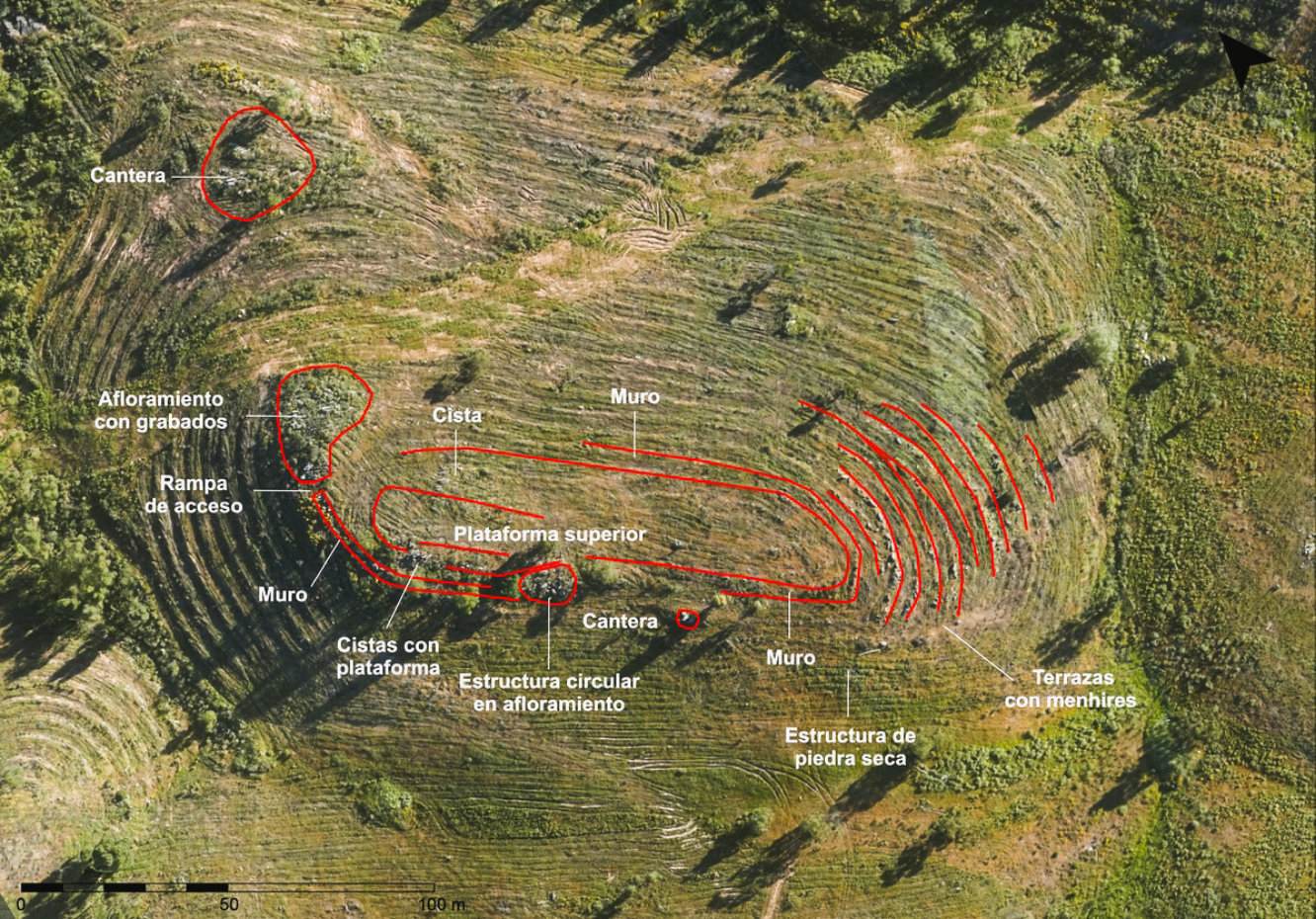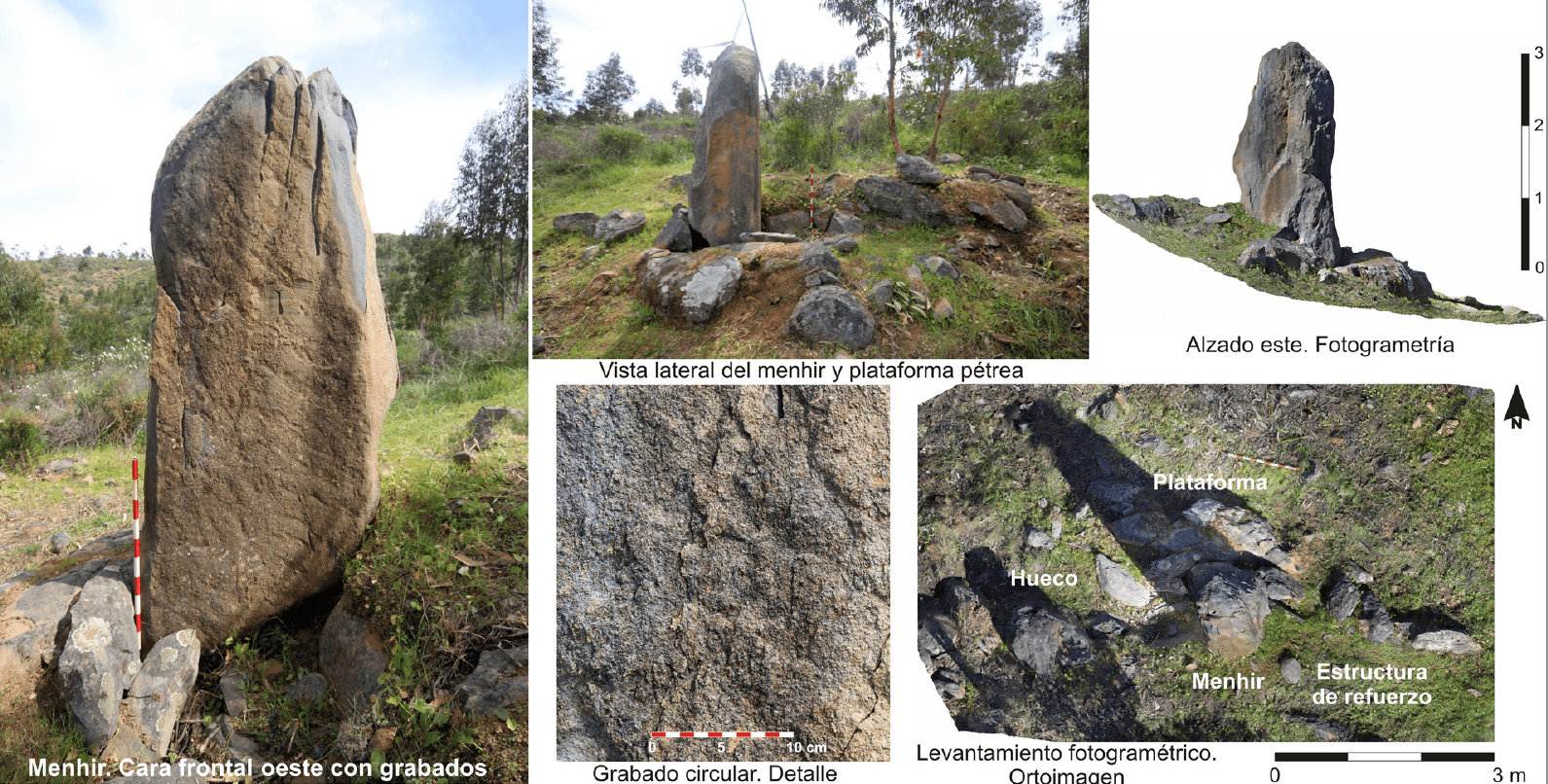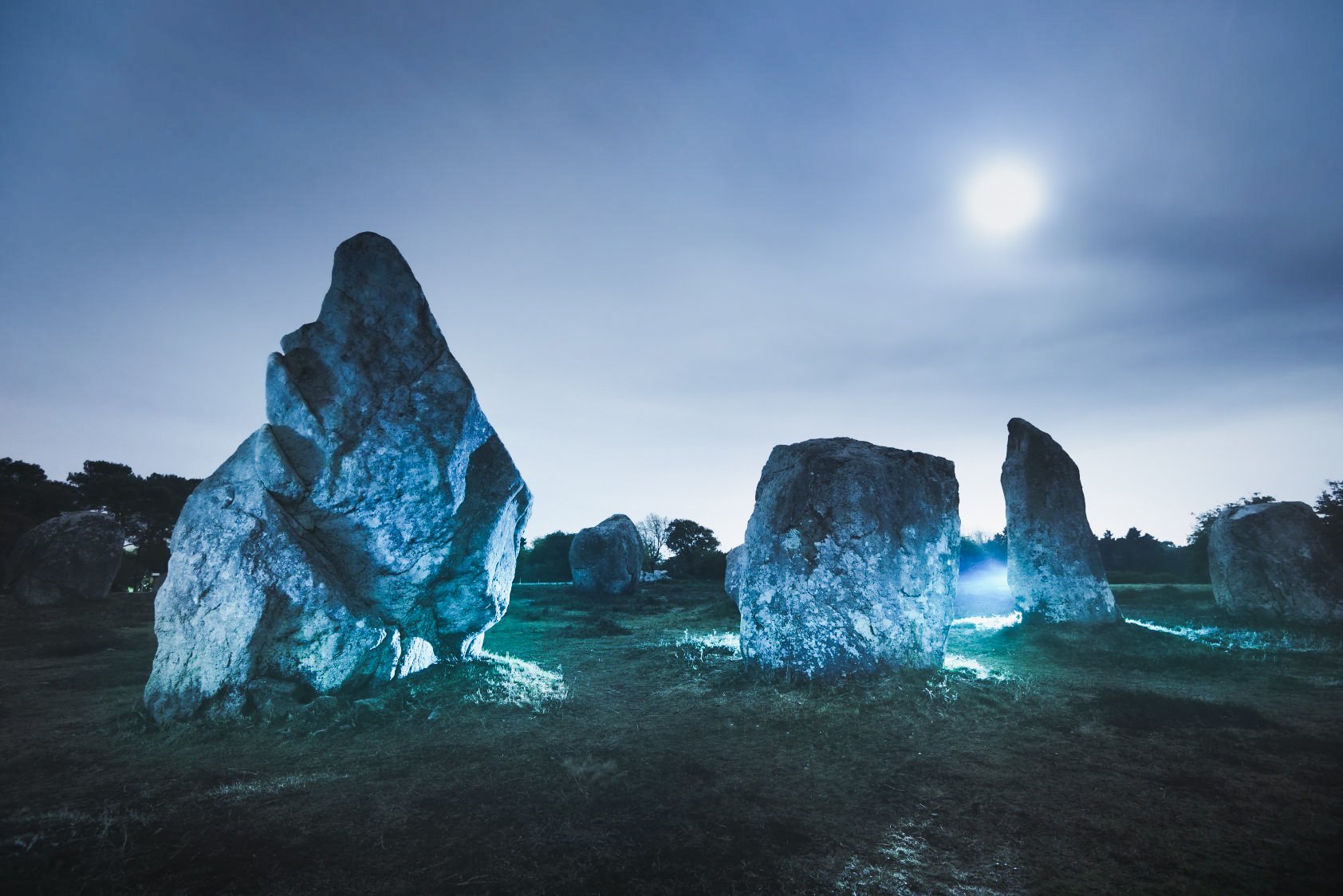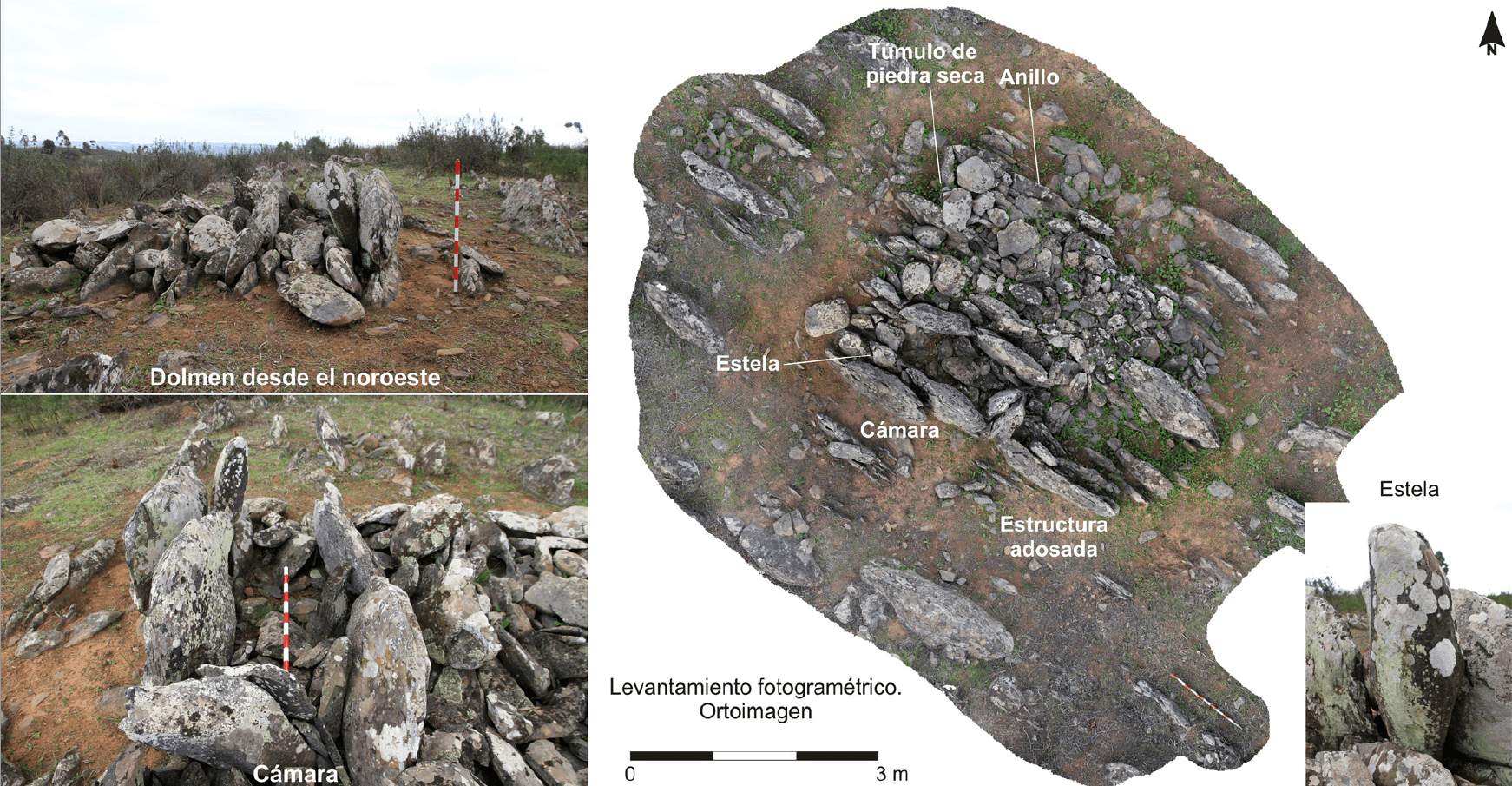A team of Spanish archaeologists has discovered a huge megalithic complex on a plot of land in the province of Huelva. The site consists of more than 500 standing stones dating from the late 5th and early 2nd millennium BC, and experts say it could be one of the largest and oldest complexes of this type in Europe.

Scientists point out that while many stone circles have been discovered throughout the world, they are usually isolated examples. In contrast, this new discovery covers an area measuring almost 600 hectares, which is very large compared to other similar sites.
The researchers found that these structures were built as artificial rockshelters — natural formations with several openings that can be covered artificially with earth or stone to provide protection against adverse weather conditions or potential predators.
Read on to learn more about this fascinating archaeological discovery.
The archaeological discovery in the La Torre-La Janera site, Huelva, Spain

The La Torre-La Janera site in Huelva province, which measures about 600 hectares (1,500 acres), is said to have been earmarked for an avocado plantation before regional authorities requested a survey due to the site’s possible archaeological significance. The archaeological survey uncovered the standing stones, and the height of the stones was between one and three meters.
Upon examining the area, the team of archaeologists discovered a large variety of megaliths, including standing stones, dolmens, mounds, cist burial chambers, and enclosures.

На мегалитското место Карнак во северозападна Франција има околу 3,000 стоечки камења. Ова е едно од најпознатите мегалитски локалитети во светот.
One of the most striking things was finding such diverse megalithic elements grouped together in one location and discovering how well preserved they were.
“Finding alignments and dolmens on one site is not very common. Here you find everything all together — alignments, cromlechs and dolmens — and that is very striking,” one of the lead archaeologists said.
An alignment is a linear arrangement of upright standing stones along a common axis, while a cromlech is a stone circle, and a dolmen is a type of megalithic tomb usually made of two or more standing stones with a large flat capstone on top.
According to the researchers, most of the menhirs were grouped into 26 alignments and two cromlechs, both located on hilltops with a clear view to the east for viewing the sunrise during the summer and winter solstices and the spring and autumn equinoxes.

Many of the stones are buried deep in the earth. They will need to be carefully excavated. The work is scheduled to run until 2026, but “between this year’s campaign and the start of next year’s, there will be a part of the site that can be visited.”
Финале мисли
The discovery of this prehistoric site in Huelva province is a huge boon to archaeologists and historians who are trying to piece together the story of human habitation in Europe. This complex of more than 500 standing stones could be one of the largest such complexes in Europe, and it offers a tantalizing glimpse into the lives and rituals of our ancient ancestors.




